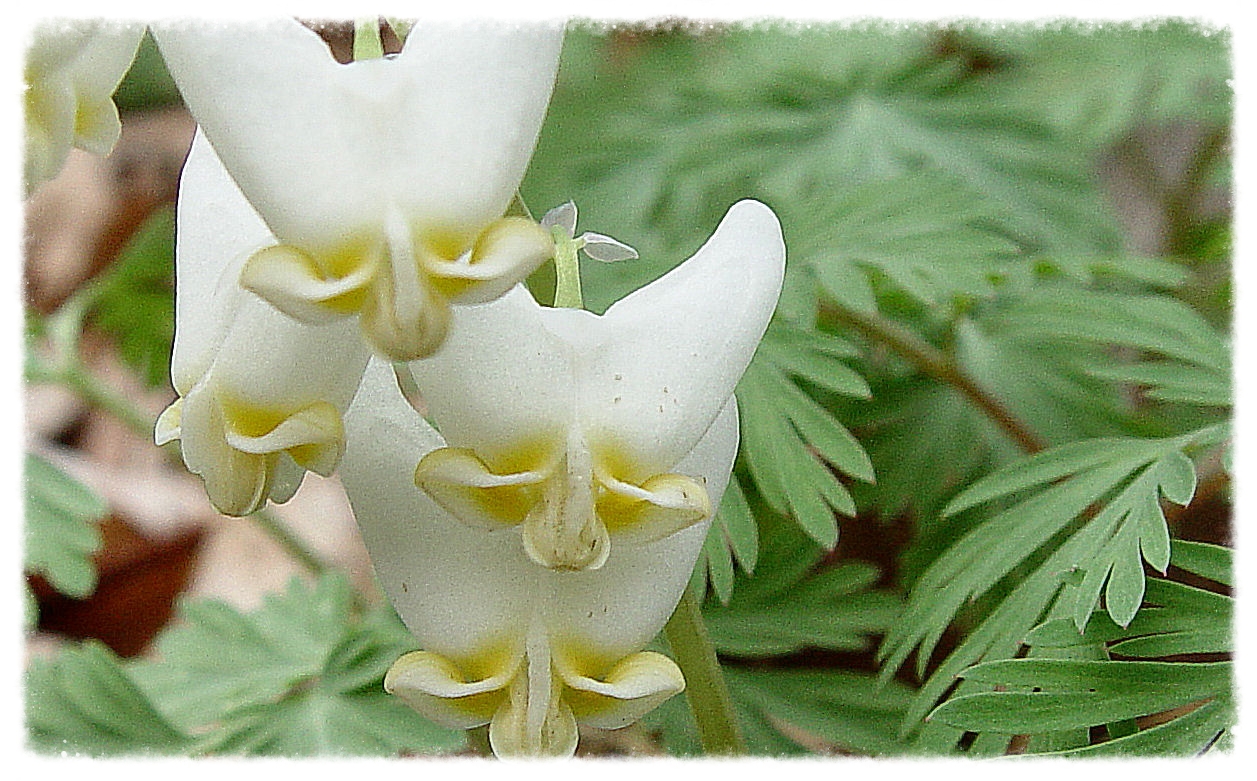Landscaping with Native Plants
Consider using some of our beautiful native plants when planning your garden or designing your landscape. Natives give our landscape a sense of place and promote a more biologically rich region. (Native Plants, sometimes called “Endemic Plants,” are those that have grown in the region without human intervention since before European settlement. Those that have been introduced since the onset of European settlement are referred to as “non-native,” “alien” or “introduced.”)
Look for local ecotypes. These are native plants that developed in this area and are best suited for the local climate and conditions. For example, Red Maple is a tree native to the entire eastern half of North America, but a Red Maple from the south may not do as well in Northeast Ohio as a Red Maple originally from Northeast Ohio.
Keep in mind that the right plant must still be planted in the right place. A local ecotype native that naturally grows in a shady swamp will not do well if planted high and dry in a sunny garden bed. Learn to respect the contours and idiosyncrasies of your space. If you have a low damp spot, there are many native plants that will do just fine in those conditions. If you have a hot dry place in your yard, there are native plants that will thrive in that spot. A little research will yield the best results. You might start with Landscaping with Native Plants in the Cleveland Region by the Cleveland Museum of Natural History, which includes information on non-native plants recommended to avoid in your landscape.
Native plants will do just fine in a traditional garden bed, and you can use them to create a lovely garden. Maximize the benefit of native plants to the environment by using them as nature does.
Plant in groups and use layers of plants to fill the space.
Avoid the use of fertilizer - excess nitrogen only encourages weeds.
Skip the pesticides. Embrace a little insect "use." A few holes in the leaves mean caterpillars and the promise of butterflies in the future.
Leave plant seeds for the birds - allow stalks and grasses to stand as cover for the winter.
Think of your garden's function as well as its beauty. Native plants are vital to the web of life, which ultimately supports us all.
There is other help available for those wishing to use native plants. For example, see the following resources:
The EPA has a 28-page booklet online titled Landscaping With Native Plants, as well as basic fact sheets about native plants.
Ohio State University also has a fact sheet giving a wide range of helpful advice on pollinators, and a special bulletin devoted to creating a butterfly garden.
Northeast Ohio Public Involvement Public Education Committee (NEOPIPE) has developed a 19-page booklet on how to plan and install a rain garden.




